Pipe Fitters Questions & Answers
What is the roles & responsibilities of a Pipe Fitter?
A pipefitter attaches pipes to walls, structures and fixtures, such as radiators or tanks, using brackets, clamps, tools or welding equipment. Pipefitter’s measure and mark pipes for cutting, threading and welding. They use specific tools such as saws, cutting torches, pipe threaders, benders, and welders.
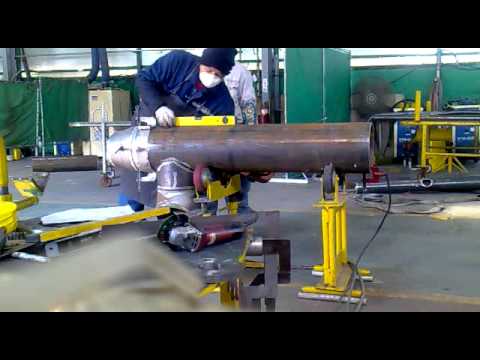
What exactly does a pipefitter do?
A pipefitter is a tradesperson who installs, assembles, fabricates, maintains and repairs mechanical piping systems. Pipefitters usually begin as helpers or apprentices. Journeyman pipefitters deal with industrial/commercial/marine piping and heating/cooling systems.
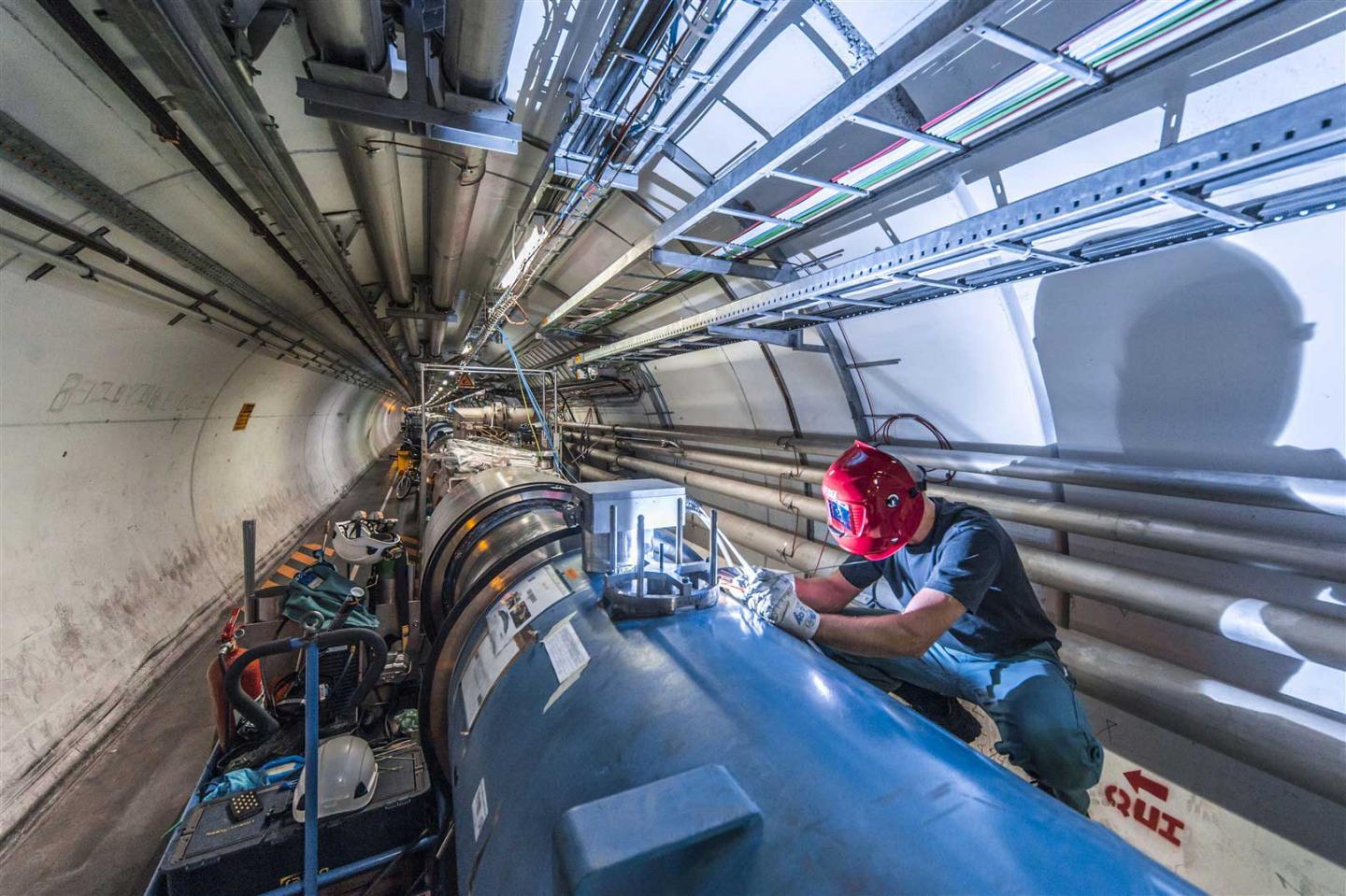
How The Pipe Fittings Are Classified Based On End Connections? image
Pipe fittings are classified based on end connection as: –
- Socket weld fittings.
- Screwed end fittings.
- Beveled end or Butt weld fittings.
- Spigot socket fittings.
- Buttress end fittings.
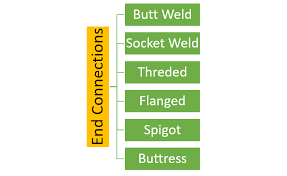
What Is The Difference Between Pipe And Tube?
Pipe is identified by NB and thickness is defined by Schedule whereas Tube is identified by OD & its thickness as BWG (Birmingham wire gauge or 1/100 inch).
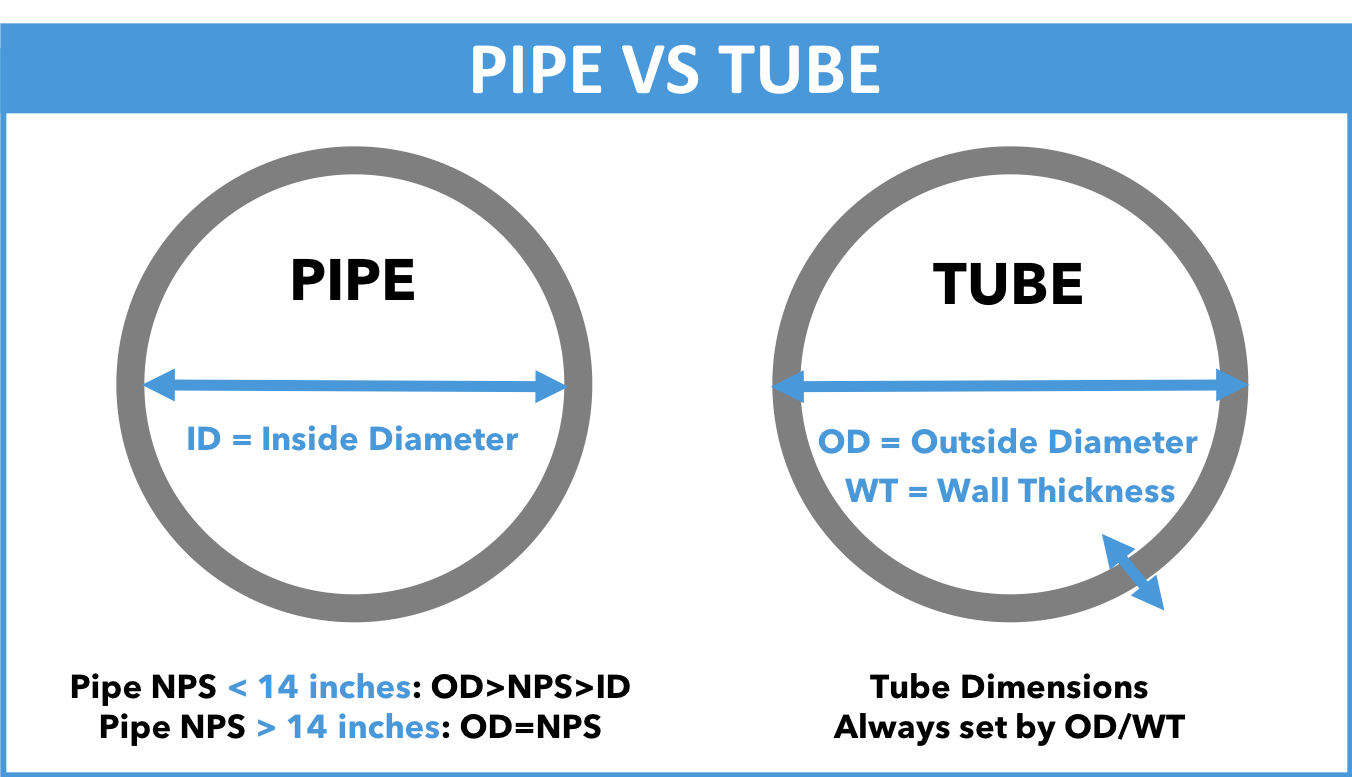
Why Do We Provide High Point Vent (hpv) And Low Point Drain (lpd) In Piping? image
HPV – For removing Air during Hydrotest.
LPD – For draining water after conducting Hydrotest.
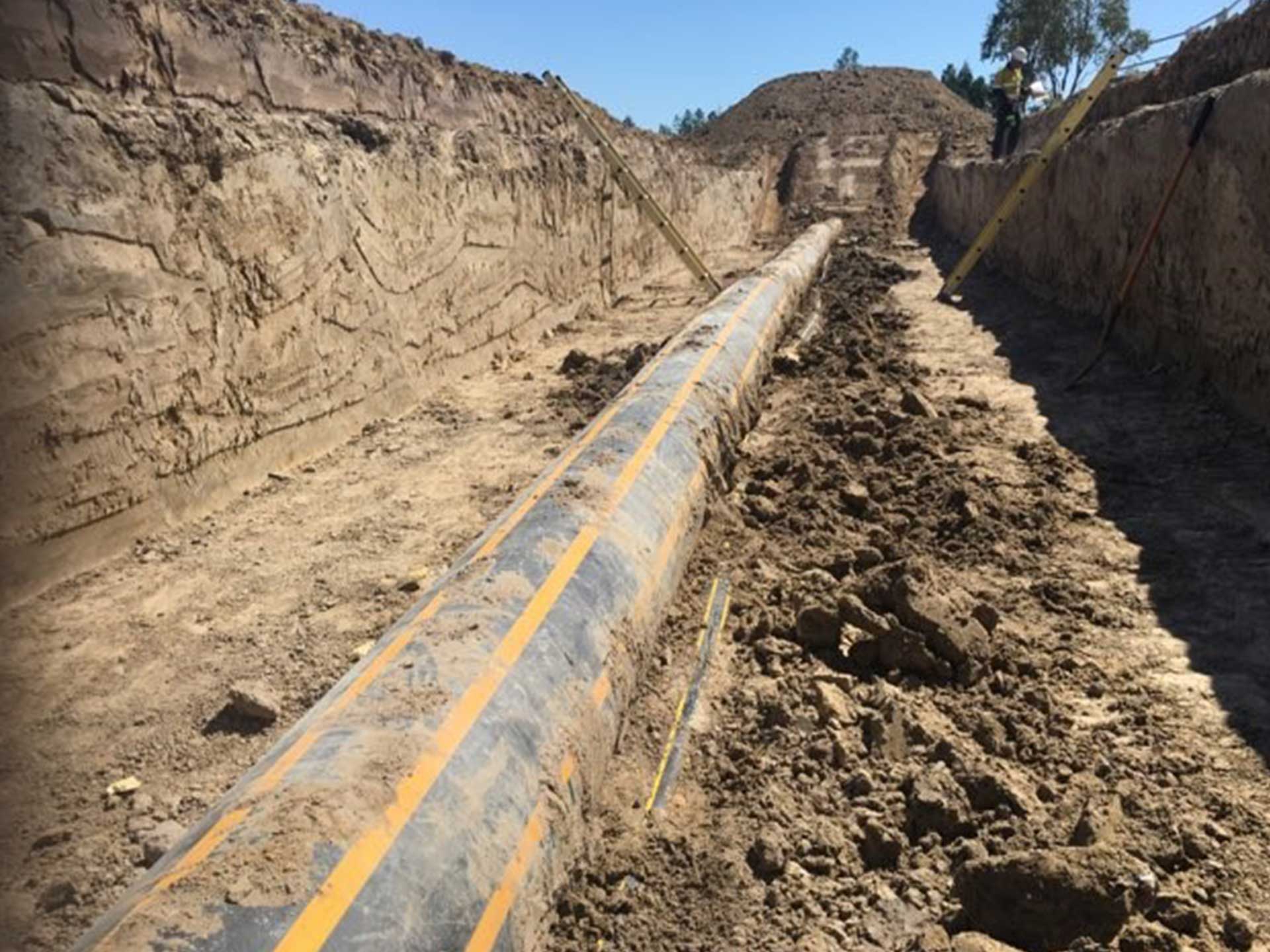
What Do You Mean By Jacketed Piping?image
Piping which is recognized as providing the most uniform application of heat to the process, as well as maintaining the most uniform processing temperatures where steam tracing is not capable of maintaining the temperature of fluid constant. Usually used for molten sulphur, Polymers service.
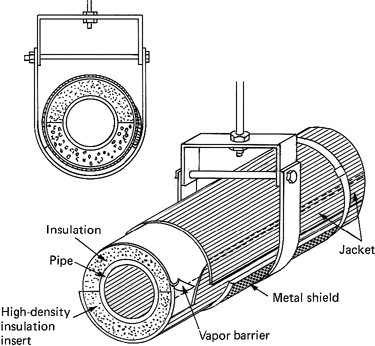
What Do You Mean By Ibr And Which Lines Comes Under Ibr Purview?
IBR: Indian Boiler Regulation Act.
Steam lines with conditions listed bellow comes under IBR purview: –
- Lines for which design pressure is 3.5 kg/sq. cm and above.
- Line size above 10” having design pressure 1.0 kg/sq. cm and above.
- Boiler feed water lines to steam generator, condensate lines to steam generator and flash drum.
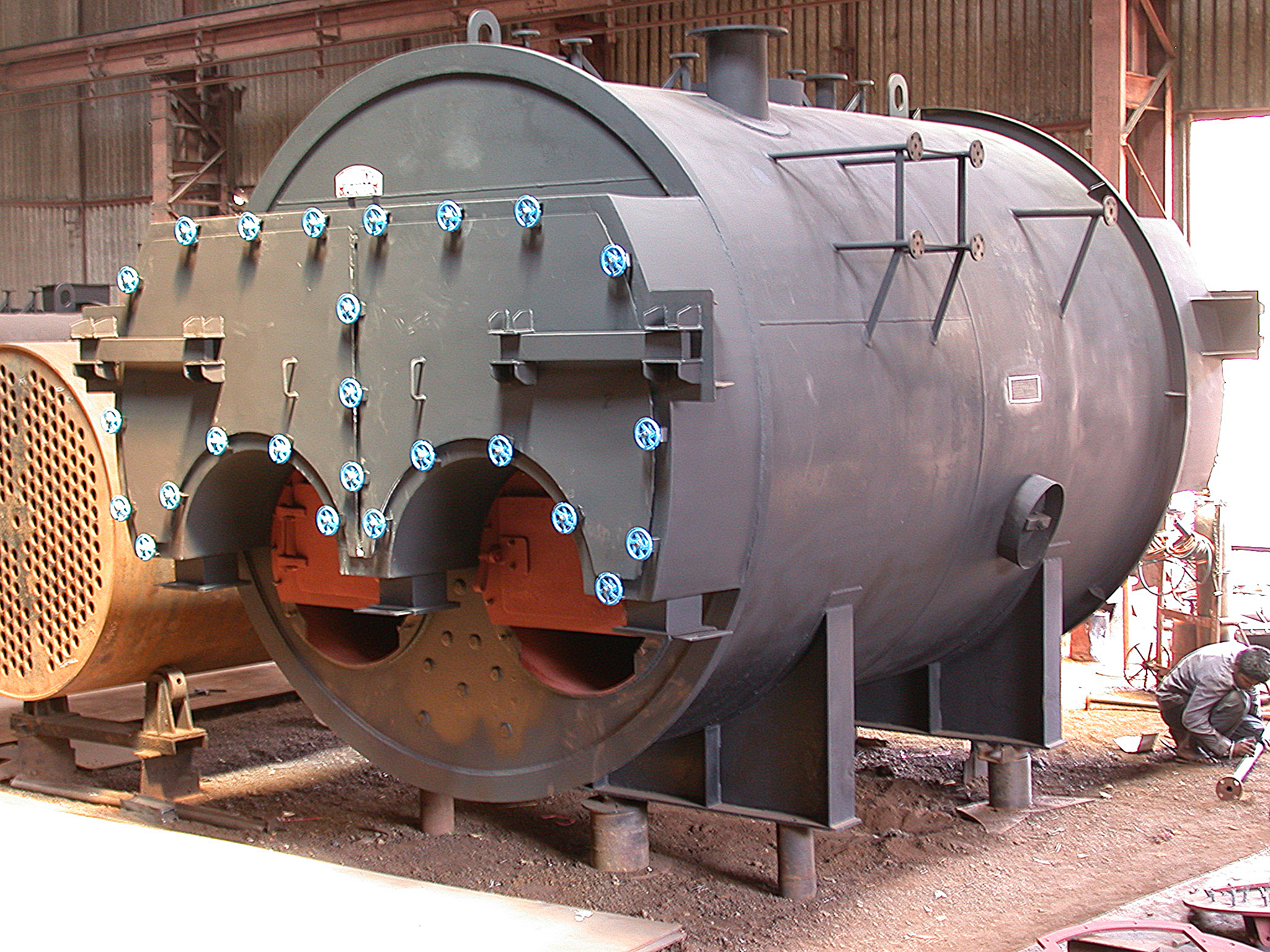
What Are Weld Let And Socket? And Where They Are Used?
Weld let and Socket are basically self-reinforced fittings.
Weld let is used for Butt weld branch connection where standard tee is not available due to size restrictions and the piping is of critical / high-pressure service. Socket is used for socket welding branch connection, which require reinforcing pad.
WELD LET


SOCKET
How Can Flanges Be Classified Based On Pipe Attachment?
Flanges can be classified based on pipe attachment as: –
Slip – on. : – The Slip-on type flanges are attached by welding inside as well as outside. These flanges are of forged construction.
Socket Weld. : – The Socket Weld flanges are welded on one side only. These are used for small bore lines only.
Screwed. : – The Screwed-on flanges are used on pipelines where welding cannot be carried out.
Lap Joint. : – The Lap Joint flanges are used with stub ends. The stub ends are welded with pipes & flanges are kept loose over the same.
Welding Neck. : – The Welding neck flanges are attached by butt welding to the pipe. These are used mainly for critical services where the weld joints need radiographic inspection.
Blind. : – The Blind flanges are used to close the ends which need to be reopened.
Reducing. : – The reducing flanges are used to connect between larger and smaller sizes without using a reducer. In case of reducing flanges, the thickness of flange should be that of the higher diameter.
Integral. : – Integral flanges are those, which are cast along with the piping component or equipment.
How Can Flanges Be Classified Based On Pressure- Temperature Ratings?
Flanges are classified based on pressure temperature ratings as: –
- #A. 150
- #B. 300
- #C. 400
- #D. 600
- #E. 900
- #F. 1500
- #G. 2500
Pressure temperature rating carts in the standard ASME B16.5 specify the non-shock working gauge pressure to which the flange can be subjected to at a particular temperature.
How Can Flanges Be Classified Based On Facing?
Flanges are classified based on facing as: –
- Flat face. (FF)
- Raised face. (R/F)
- Tongue and groove. (T/G)
- Male and female. (M/F)
- Ring type joint. (RTJ)
How Can Flanges Be Classified Based On Face Finish?
Flanges are classified based on face finish as: –
- Smooth finish.
- Serrated finish.
Where The Smooth Finish Flange & Serrated Finish Flange Finds Its Use?
The smooth finish flange is provided when metallic gasket is provided and serrated finish flange is provided when non-metallic gasket is provided.
What Are The Types Of Serrated Finish Provided On Flange Face?
Concentric
Spiral (Phonographic)
How The Serration On Flanges Is Specified?
The serration on flanges is specified by the number, which is the Arithmetic Average Rough Height (AARH).
Where The Concentric Serration Is Insisted For Face Finish?
Concentric serration are insisted for face finish where the fluid being carried has very low density and can find leakage path through cavity.
How The Gaskets Are Classified Based On The Type Of Construction?
Based on the type of construction, gaskets are classified as: –
- Full face.
- Spiral wound metallic.
- Ring type.
- Metal jacketed.
- Inside bolt circle.
Which Type Of Gasket Is Recommended For High Temperature & High-pressure Application?
Spiral Wound Metallic Gasket.
What Are The Criteria For Selection Of Moc Of Spiral Wound Metallic Gasket Winding Material?
The selection of material of construction for Gasket winding depends upon: –
- The corrosive nature and concentration of fluid being carried.
- The operating temperature of the fluid.
- The relative cost of alternate winding material.
What Is Centering Ring In Connection To Spiral Wound Gasket?
Spiral wound gaskets are provided with carbon steel external ring called centering ring.
-
What Will Be The Aarh Finish On Flange Face For Using Spiral Wound Gasket?
125-250 AARH finish.
On Which Type Of Flanges The Use Of Spiral Wound Gasket Are Restricted?
Rating spiral wound gasket on flanges other#ASME B16.5 does not recommend the use of 150 than welding neck and lapped joint type.
Up To What Temperature Limits The Low Strength Carbon Steel Bolts Should Not Be Used For Flanged Joints?
- °C or below – 28°Flanged joints using low strength carbon steel shall not be used above 200.
Up To What Temperature The Carbon Steel Materials Shall Be Used?
Carbon steel materials shall be used for temperature up to 425C°.
Which Material Is Used For Temperature Above 426c°?
Alloy steel materials shall be used for temperature above 426 C°.
Which Type Of Material Is Used For Corrosive Fluid?
Stainless steel materials shall be used for corrosive fluid.
Which Type Of Piping Materials Are Used For Drinking Water, Instrument Air Etc?
Galvanized steel materials shall be used for drinking water, instrument air and NI lines (LP).
From Which Size Onwards Nb Of Pipe Is Equal To Od Of Pipe?
From the size 14” and onwards NB = OD of pipe.
What Should Be The Radius Of Long Radius Elbow?
1.5D (Where “D” is the diameter of the pipe.)
What Should Be The Radius Of Short Radius Elbow?
1D (Where “D” is the diameter of the pipe.)
What Is The Basis Of Using Of Short Radius & Long Radius Elbow?
Long radius elbow are used for small pressure drop whereas short radius elbow are used for high pressure drops. For catalyst flows vary long radius elbows are used.
Normally Where Do We Use The Following? (1) Eccentric Reducers. (2) Concentric Reducers.
Eccentric reducers = Pump suction to avoid Cavitation, to maintain elevation (BOP) in rack.
Concentric reducers = Pump discharge, vertical pipeline etc.
Concentric Reducer Is Used In Pump Suction. (yes / No). Explain?
No. Air pockets may form if concentric reducer is used at pump suction, which results in Cavitation and cause damage to Pump. To avoid this problem, Eccentric Reducer with flat side up (FSU) is used in Pump Suction.
Where The Erw Spiral & Longitudinal Pipes Are Used?
Use depends upon the availability of pipes. Nothing functional difference.
Where The Erw & Seamless Pipes Are Used?
Above 18” ERW pipes are used. Below 18” seamless pipes are used. Seamless pipes can sustain higher temperature & pressure.
What Is The Main Use Of Astm A53 & A106 Gr.b Pipes?
ASTM A53 pipes are mainly used for utility services whereas A106 Gr. B pipes are used for high Pressure & high temperature services.
From Which Side Of Pipe Will You Take A Branch Connection?
When fluid is Gas, Air or Steam and Cryogenic Service – Topside.
When Fluid is Liquid – Bottom Side.
Why Don’t We Take A Branch For Cryogenic Service From Bottom Side Though The Fluid Is In Liquid State?
There is the chance of ice formation during normal operation and since ice flows from the bottom of the pipe it will block the branch pipe connection.
What Is The Minimum Distance To Be Maintained Between Two Welds In A Pipe?
The thumb rule is that the minimum distance between adjacent butt welds is 1D. If not, it is never closer than 1-1/2″. This is supposedly to prevent the overlap of HAZe. Minimum spacing of circumferential welds between centerlines shall not be less than 4 times the pipe wall thickness or 25 mm whichever is greater.
What Is The Normal Upstream And Downstream Straight Length Of Orifice Flow Meter?
Upstream – 15D
Downstream – 5D
What Is Preferred Location For Drain?
Must be located at the bottom section of drum.
What Are The Steps In Selection Of Valve?
What to handle, liquid, gas or powder, fluid nature, function, construction material, disc type, stem type, how to operate, bonnet type, body ends, delivery time, cost, warranty.
What Are Functions Of Valves?
Isolation, regulation, non-return and special purposes.
What Are Isolating Valves?
Gate, ball, plug, piston, diaphragm, butterfly, pinch.
What Are Regulating Valves?
Globe, needle, butterfly, diaphragm, piston, punch.
What Are Non-return Valves?
check valve.
What Are Special Valves?
Multi-port, flush bottom, float, foot, pressure relief, breather.
What Materials Are Used For Construction Of Valves?
Cast iron, bronze, gun metal, carbon steel, stainless steel, alloy carbon steel, polypropylene and other plastics, special alloys.
What Is Trim?
Trim is composed of stem, seat surfaces, back seat bushing and other small internal parts that normally contact the surface fluid.
Which Standard Specifies Trim Numbers For Valve?
API 600.
What Are Wetted Parts Of Valve?
All parts that come in contact with surface fluid are called wetted parts.
What Is Wire Drawing?
This term is used to indicate the premature erosion of the valve seat caused by excessive velocity between seat and seat disc, when valve is not closed tightly.
What Is Straight Through Valve?
Valve in which the closing operation of valve is achieved by 90 degrees turn of the closing element.
What Pressure Tests Are Carried Out On Valves?
Shell-hydrostatic, seat-hydrostatic, seat-pneumatic
What Are Available Valve Operators?
Hand-lever, hand-wheel, chain operator, gear operator etc.
What Is The Full Form Of Asme?
American Society for Mechanical Engineers.
Which Piping Code Is Used For Power Piping And Which Code Is Used For Process Piping Design?
Power Piping: ASME B 31.1
Process Piping: ASME B 31.3
What Are The Main Differences Between Asme B 31.1 And Asme B 31.3?
The main differences are listed below:
Material allowable stresses are different in both codes.
Stress increases due to occasional loads are different in each code.
B 31.3 neglects torsion while calculating sustained stresses, but B 31.1 includes it.
Sustained stress calculation is specific in B 31.1 but undefined for B 31.3.
B 31.1 intensifies torsion but B31.3 does not intensify it.
How To Calculate The Basic Allowable Stress For A Material?
The basic allowable stress is defined in respective code. For example as per B 31.3 the basic allowable stress for a material is the minimum of the following:
1/3rd of tensile strength at design temperature.
2/3rd of yield strength at design temperature.
100% of average stress for a creep rate of 0.01% per 1000 hours.
67% of average stress for rupture at the end of 100000 hours.
80% of minimum stress for ruptures at the end of 100000 hours.
For austenitic stainless steel or nickel alloys the lower of yield strength and 90% of yield strength at temperature.
For structural grade materials 0.92 times of the lowest value of point (a) to (f)
What Is The Main Difference Between Constant And Variable Spring Hanger? When To Use These Hangers?
In Constant Spring hanger the load remains constant throughout its travel range. But In variable spring hanger the load varies with displacement.
Spring hangers are used when thermal displacements are upwards and piping system is lifted off from the support position. Variable spring hanger is preferable as this is less costly.
Constant springs are used:
When thermal displacement exceeds 50 mm
When variability exceeds 25%
Sometimes when piping is connected to strain sensitive equipment like steam turbines, centrifugal compressors etc and it becomes very difficult to qualify nozzle loads by variable spring hangers, constant spring hangers can be used.
What Do You Mean By Variability? What Is The Industry Approved Limit For Variability?
Variability= (Hot Load-Cold load)/Hot load = (Spring Constant × displacement)/Hot load.
Limit for variability for variable spring hangers is 25%.
What Are The Major Parameters You Must Address While Making A Spring Data-sheet?
Major parameters are: Spring TAG, Cold load/Installed load, Vertical and horizontal movement, Piping design temperature, Piping Material, Insulation thickness, Hydro-test load, Line number etc.
How To Calculate The Height Of A Variable Spring Hanger?
Select the height from vendor catalog based on spring size and stiffness class.
For base mounted variable spring hanger the height is mentioned directly. It is the spring height.
For top mounted variable spring hanger’s ass spring height with turnbuckle length, clamp/lug length and rod length.
Can You Select A Proper Spring Hanger If You Do Not Make It Program Defined In Your Software? What Is The Procedure?
In your system first decide the location where you want to install the spring. Then remove all nearby supports which are not taking load in thermal operating case. Now run the program and the sustained load on that support node is your hot load. The thermal movement in that location is your thermal movement for your spring. Now assume variability for your spring. So calculate
Spring constant = (Hot load × variability)/displacement. Now with spring constant and hot load enter any vendor catalog to select spring inside the travel range.
What Is The Software Available For Performing Piping Stress Analysis?
Caesar II, Auto Pipe etc.







